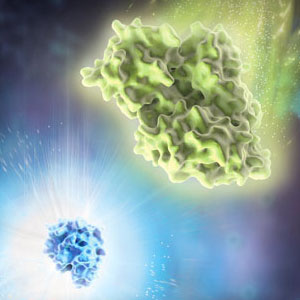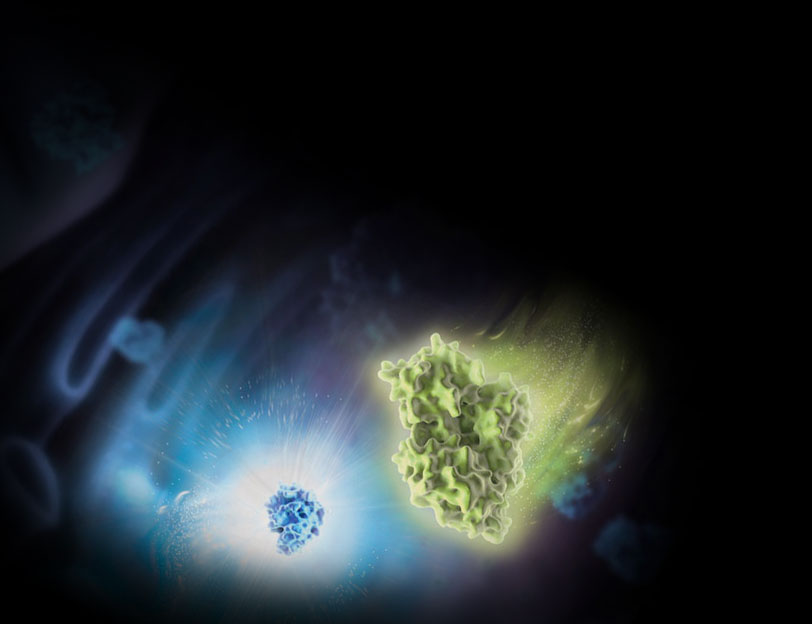Genetic Reporter Vectors and Cell Lines
We offer luciferase reporter vectors containing NanoLuc®, firefly, and Renilla reporter genes. These include promoterless vectors for cloning your regulatory region of interest, constructs encoding short half-life reporter genes for a more immediate response to changes in transcription levels, and vectors for creating protein-reporter fusions. In addition, there are firefly luciferase vectors predesigned with response elements for investigating specific signaling pathways, and coincidence reporters where two reporter genes are expressed from one transcript. The pGL4 vectors express firefly and Renilla reporter genes and are optimized to maximize expression, minimize off-target responses and respond rapidly to transcriptional dynamics. The pNL Vector series is based on the pGL4 backbone and provides options for expressing the NanoLuc® reporter gene.
Filter By
Shop all Genetic Reporter Vectors and Cell Lines
Showing 31 of 31 Products
Need a product modified?
Contact us to discuss custom and bulk formulations, custom packaging and automation options for bioluminescence-based assays and reagents.

Reporter Gene Vector Basics
The conventional use of reporter genes is to analyze gene expression and dissect the function of cis-acting genetic elements such as promoters and enhancers. However, the broader aspect of gene expression entails much more than transcription alone, and reporter genes also can be used to study other cellular events, such as miRNA regulation. The features of a reporter vector will depend on the intended application and generally include a form of the reporter gene, upstream elements such as a promoter or response element, and often a selectable marker to allow for stable cell line generation.
The popularity of native firefly luciferase as a genetic reporter is due to the sensitivity and convenience of the enzyme assay and tight coupling of protein synthesis with enzyme activity. Firefly luciferase, which is encoded by the luc gene, is a monomer that does not require any post-translational modifications; it is available as a mature enzyme directly upon translation of its mRNA. Luc2 is an improved firefly luciferase gene that has been codon optimized for improved expression in mammalian cells.
NanoLuc® luciferase is a small monomeric enzyme (19.1kDa, 171 amino acids) based on the luciferase from the deep sea shrimp Oplophorus gracilirostris. This engineered enzyme uses a novel substrate, furimazine, to produce high-intensity, glow-type luminescence in an ATP-independent reaction. Unlike other forms of luciferase, NanoLuc® luciferase is ideally suited for standard (lytic), secretion-based and live cell (nonlytic) reporter gene applications. The small size of the gene (513bp) and encoded protein is ideal for viral applications and protein fusions.
Renilla luciferase is a 36kDa monomeric enzyme that catalyzes the oxidation of coelenterazine to yield coelenteramide and 480nm blue light. The hRluc gene has been engineered to remove most cryptic transcription factor binding sites and improve mammalian expression through codon optimization. As a reporter molecule, Renilla luciferase is often used as a normalization control in dual-reporter assays with firefly luciferase and can also be used as a live-cell reporter.




